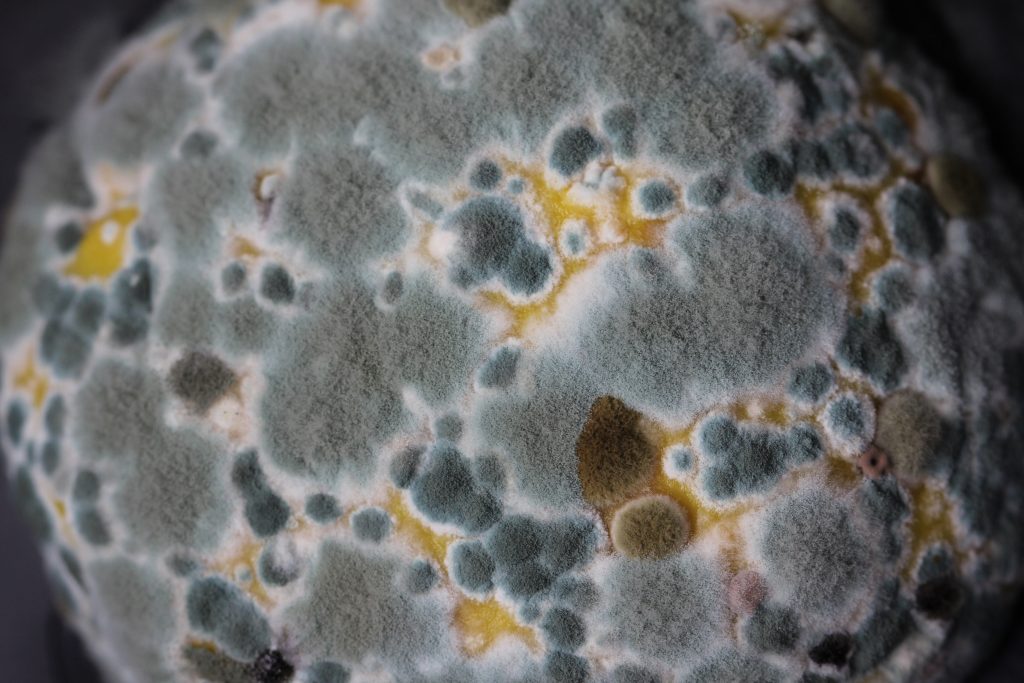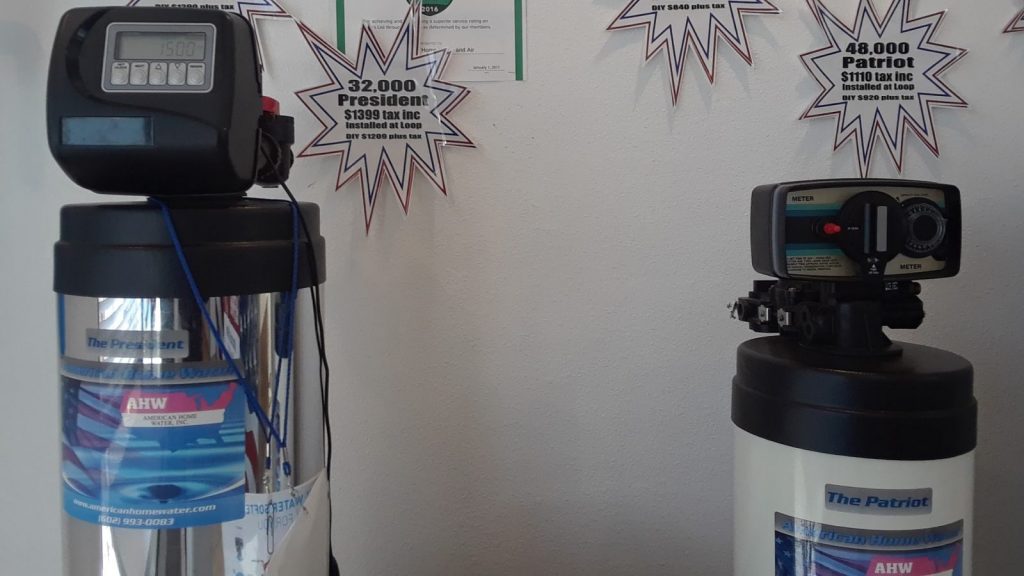You’ve had your water softener brine tank installed for a while now, and it’s been working great. But now you’ve noted dark spots. Could it be what you think? You guessed it right; the dark spots in your water softener tank (near the water line in the brine or salt) are mold.
No one likes the idea of mold, fungi, or bacteria. Especially not on appliances, pipes, or fixtures that deliver water for consumption.
But how do you get rid of mold in a water softener? Will the water still be fit for consumption? Should you clean it out?
Just before you go on worrying about it, follow these simple steps to get rid of it.
What Causes Mold in Water Softener Brine Tank?
It’s unpleasant to think of mold in your water softener. Although this isn’t bound to happen often, it’s more likely to occur if your water softener tank hasn’t been used or cleaned for a while. In some cases, the dark spots could also be dirt.
Nevertheless, if your water softener tank is oxygen-rich and there are organic substances, simple mold spores will start to grow. Hard water contains a lot of impurities and organic materials that mold lives off, and that’s all mold needs to grow into a colony.
While mold growth may be something out of your control, it can build up over time. The good thing is, mold can be prevented and flushed out with regular cleaning and maintenance.
Is Mold in My Water Softener Brine Tank Harmful?
While simple mold spores in your water softener may seem harmless, if left untreated for long they may turn to be harmful. If grown excessively, mold will cause a sour or moldy smell when you run the water. This could also cause adverse health effects.
Further, if completely mold-infested, it will be costly to replace appliances and other water fixtures. With that in mind, it is essential to prevent mold from growing or spreading in your water softener brine tank.
How Do You Get Rid of Mold in Water Softener Tank?
Clean the Water Softener Tank Using Bleach
This method, which is often referred to as the “bleach cycle,” involves using bleach on the whole system to cleanse it.
To lay out some ground rules, ensure you refer to your softener’s manual to confirm if the manufacturer approves the use of bleach before proceeding with this method.
If your softener allows you to run a “bleach cycle,” ensure it’s turned on. To be sure of this, first quickly read your manual on how to turn it on.
Then, all you need for this method is to put your bleach in the brine tank, close the lid, and trigger manual regeneration of the system.
Take note of the amount of bleach to use here:
- A cup of bleach in a 9-inch brine tank
- Two cups should suffice for a 12-inch tank
If you use this method, make sure you don’t drink the water from your taps until the regeneration process is complete.
While this method may work well to cleanse and sanitize the water softener, it’ll not get rid of any dark spots from your softener. The best method to get rid of that involves cleaning the entire brine tank.
How Should You Clean the Water Softening Tank?
Cleaning the water brine tank is the best way to get rid of mold from your water softener system. It’s a maintenance procedure that not only cleans mold and other dirt but also helps keep the tank clean in the future. Cleaning it all out will give you a nice, fresh start with your water softener.
While this should come without a mention, it’s best to clean the brine tank before a salt refill to avoid any salt wastage.
Follow these steps to clean your water softener:
- Set the system to “Bypass Mode” so all water will bypass the softener
- Disconnect the hose delivering water to the brine tank and water softener
- Empty the brine tank; this may require you to siphon or dump the water. Alternatively, run a regeneration cycle or use a wet vacuum to drain the water and remaining salt.
- Remove any salt at the bottom of the tank. If the tank has a salt bridge (a big block of salt), use hot or warm water to loosen it.
- Use a mixture of dishwasher detergent or soap (a couple of tablespoons) and water to scrub inside with a long-handled brush. Particularly pay attention to the base and corners of the tank where salt may have accumulated. Dump and rinse with water.
By now, all residue and dark spots along the sides of the tank should be gone.
- With a hose, pour 2-3 gallons of clean water into the brine tank and add household bleach (without scent or additives).
Generally, you want to dilute approximately 50-100 mg of bleach with every liter of water.
- Stir the bleach and water solution and let it sit for 15 minutes. Once again, scrub the inside of the tank thoroughly. Dump and rinse the brine tank.
Your brine tank is now clean and it’s time to reconnect all water lines.
- Refill the salt and water to their required levels. If this is all new, keep in mind that salt levels always remain a few inches above the water level. We recommended keeping the water softener salt levels at least a quarter full at all times. For optimal performance, don’t fill the brine tank; always leave about 6 inches of space from the top of the tank.
- Let your salt sit in the brine reservoir for about 2 hours before regeneration. This will ensure the water softening resin is sufficiently cleaned before regeneration.
Bottom Line
If your water softener is starting to show some dark stains near the brine tank, then there’s mold in your water softener. It’s best to clean that out. The steps above illustrate how you clean a water softener to get rid of mold using bleach. That way you’ll continue to enjoy water free of contamination and dirt. Following regular cleaning and maintenance will help your water softener run smoothly for years.
[related_posts_by_tax posts_per_page="3" format="thumbnails" image_size="medium"]









